by Joel Tolman, Director of Impact & Engagement
“I hope that when I come back to visit CG, it will have become a center for change and innovation, a place not afraid to tackle those issues that others would think too big for a high school to handle. But I know Common Ground, I know these students, I know the staff, I know this community, and I have no doubts that we are up for the challenge.” – Nyasia Mercer, Class of 2016
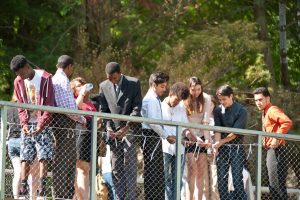
Students record their hopes for our new building and tie them onto the bridge.
Early in June, a big crowd — all our students and staff, our neighbors from New Haven, alumni, the elected officials and donors who made the project possibles — gathered to celebrate the grand opening of Common Ground’s new building. State legislators, our mayor, the state education commissioner, our architect, an alum, and Common Ground’s leaders shared powerful words about what this new building will make possible, about how this building is an optimistic statement about the future of our students and community. At the end of the celebration, students and community members hung ribbons from the bridge that connects the old and new buildings — sharing their hopes for what this new building will make possible.
What Nyasia — one of our seniors — shared from the podium that day stuck with me in particular. Can our small school really confront “those issues that others would think too big for a high school to handle?” Is that the vision on which Common Ground should set its sights? Is that where the bridge that connects our new and old buildings should lead? Read Nyasia’s full remarks.
The truth is, Common Ground students are already stepping up to Nyasia’s charge.
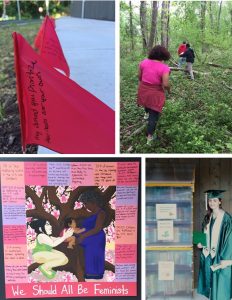
As part of their senior projects, members of the class of 2016 took on big social justice challenges — and left lasting reminders of their work on our campus: through a new little free library, plans for a trail and outdoor classroom along Wintergreen Brook, a painting in our new school building, and flags at the base of campus that bring attention to relationship abuse, for instance.
Even before the building officially opened, our seniors were leaving their marks on it — and making connections to systemic challenges much bigger than our small school. Just as students were walking across the bridge for the first time, Nyasia and two of her classmates were hanging the first piece of student work in the new building, making the case that “We Should All Be Feminists.” The day before the grand opening, another group of seniors installed a little free library next to the building’s front door — one piece of a larger effort to build literacy in the New Haven community. Having led workshops on reproductive health and healthy relationships for audiences across the city, two other seniors planted red flags in the front of our new building that share varied forms of relationship abuse. Across the street, yet another senior is leading work to address threats to water quality in Wintergreen Brook — helping to reclaim an impaired urban waterway.
While these capstone senior projects are likely the most ambitious of our students efforts as agents of social change, students certainly don’t wait until senior year to begin this work. Nyasia’s words kicked off Common Ground’s end of semester Presentations of Learning and Leadership — a full day in which students reflect on and share a half year’s worth of growth, in and beyond the classroom. Many of students’ presentations spoke directly to the “big issues” that Nyasia described. Algebra students presented their work on the math of global climate change. Global Studies studies students presented on their vision for creating more sustainable communities. And, as the three videos below indicate, students are tackling challenges well beyond traditional environmental issues, as well: from a tax on tampons, to landscape design, to police violence.
Common Ground students begin to see themselves as change agents from early on in their high school career. Each Spring, Common Ground’s 9th grade Survey of Literature course debate a challenging question: What is one thing humanity must address in order to make the world a better place for the future? Keith Lambert, the class’s teacher, describes how it works: “Students research, decide the impacts of different issues, and defend their own answer to the question that they think will make the biggest difference, long-term.” Their answers? “Everything from overpopulation, to constructing worldwide governments, to reforming education,” according to Keith. Read excerpts from their essays.
Perhaps, then, we are already beginning to live into the vision that Nyasia put forward. From the moment they walk onto campus, students are asking the big questions, and searching for answers. They are raising their voices. And, increasingly over time, they are stepping up to take action — not just on traditional environmental issues, but with a clear, wide-ranging vision of social justice in mind.
Is this vision — of an organization committed to growing agents of sustainable change, of a school that isn’t afraid to tackle the most challenging systemic problems — the right one for Common Ground to pursue? Where do you think Common Ground’s new bridge should lead? We would love to hear your answers. Please share a comment below.

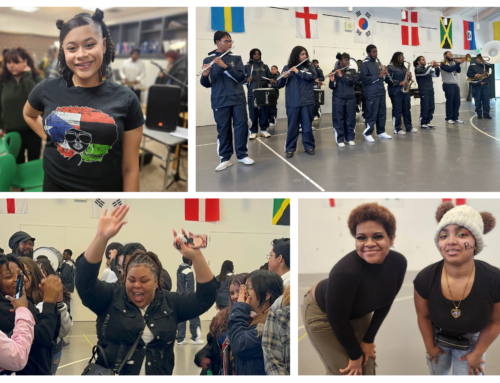
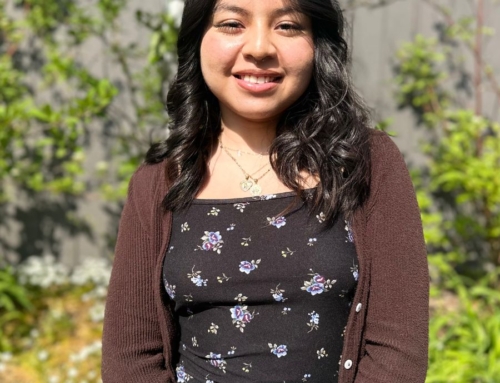
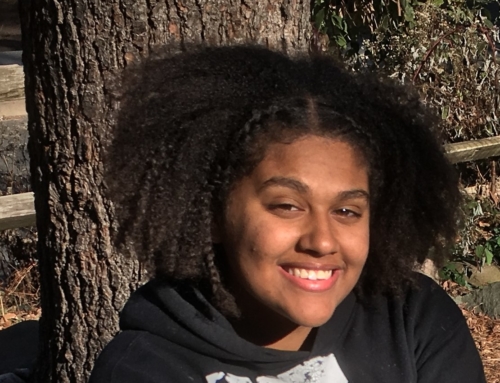
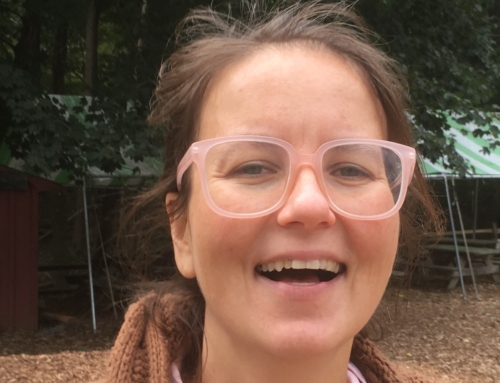
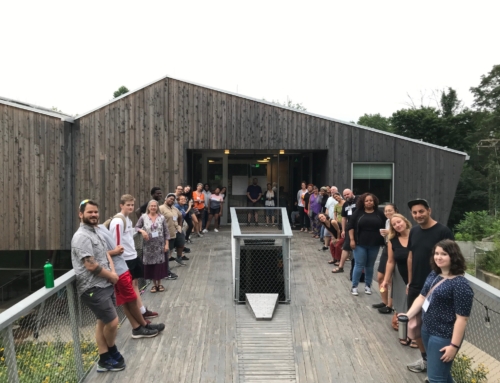
Leave A Comment